The Chinese Automotive Market: A Primer
The Chinese automotive market has over a billion potential customers. Sales growth is well into the double digits. Labor rates are a fraction of those paid in western countries, without any union rules to slow down investment or add legacy costs. An ideal place for American investment? Depends on how you look at it. The Chinese market is controlled by a totalitarian government and regulated by an Automobile Industry Policy that’s more convoluted than a bowl of shahe fen noodles. As China nips at Germany’s heels to become the world’s third-largest auto producing country, let’s take a closer look at the sleeping dragon.
There are nearly 100 automobile manufacturers in China. Ninety-percent of the market belongs to eight state-owned companies. To meet soaring demand for new cars, these companies have partnered with automakers from around the world. These partnerships can appear strange; one Chinese company may have several partners which are competitors in the rest of the world. Here’s the list:
FAW: Toyota/VW/Mazda
While Chinese law prohibits any foreign company (or combination of companies) from owning more than 50% of their Chinese partner, these joint ventures have proven lucrative for all the parties involved. The Chinese companies get access to the engineering and design expertise of world-class companies, while the partners gain a quick inroad to what is arguably the hottest new car market in the world.
As the market has grown, a number of independent (i.e. carmakers who aren’t affiliated with a foreign manufacturer) local companies have sprung up. They are usually either motorcycle manufacturers expanding into the auto market, new companies funded by capital from other industries (such as consumer electronics) or parts manufacturers that started assembling their parts into complete cars. The primary independent players are:
Southeast
Of these, government–owned Chery is the best known– thanks to Malcolm Bricklin’s professed intention to import cars built by Chery under his Visionary Vehicles nameplate. While Bricklin keeps pushing back the introduction of his Chinese-built products due to quality, production and safety issues (not to mention a lack of investors), he insists he will revolutionize the American market with his line of low-cost, high value vehicles. Recently, DCX has also been negotiating with Chery to produce a subcompact economy car for Chrysler.
Chery’s other claim to fame isn’t so, well, cheery. They jump-started their production capability by buying the defunct VW factory in Westmoreland, PA and relocating it to China lock, stock, and tool dies. They then procured blueprints from SEAT for a car based on the Jetta and began producing a clone. (Jetta is the biggest selling car in China and the Chinese market generates almost 20% of VW’s pre-tax profits). As you can imagine, VW was furious. They eventually accepted a financial settlement in compensation.
To expand their operation further, Chery began hiring engineers from other companies including Daewoo. Two new models, the “Son of the Orient” and the “QQ” were suspiciously similar to Daewoo’s Magnus and Matiz (sold as the Chevrolet Spark). Chery introduced the QQ six months prior to the planned introduction of the Spark, priced $1500 lower than its automotive homonym.
GM accused Chery of “copying and unauthorized use of GM-Daewoo’s trade secrets.” Chery countered by claiming they had developed the QQ independently and with only “inspiration” from the Matiz. Since this “inspiration” consisted of styling so similar you couldn’t tell them apart from more than 10 feet away and interchangeable body panels, doors and other parts, GM filed suit.
After three years of litigation, GM and Chery finally settled out of court. While the details of the settlement haven’t been released, GM did win one concession: Chery can’t sell cars in the US under its own name due to the similarity between “Chery” and “Chevy.”
The problems with Chery underscore the sword of Damocles hanging over foreign manufacturers operating in the Chinese market. Any time you’re dealing with companies owned by a dictatorial government, you’re at the mercy of the whims of the political leadership. The Chinese government (controlled by the army) provides all of the information used for business planning: economic growth, per capita income, projected sales, etc. They create the rules for the protection of intellectual property. They control the courts that interpret the rules on the protection of intellectual property. They control everything within the supply chain, from labor to raw materials to retail distribution to taxes to traffic laws.
Like China’s so-called citizens, foreign auto companies are completely at the Chinese government’s mercy. If China’s rulers decide to nationalize all automotive production facilities, there’s nothing foreign automakers can do but leave. Meanwhile, they’re making hay while the sun shines, doing whatever they can to make sure their “partners” don’t pull the plug.
More by Frank Williams
Latest Car Reviews
Read moreLatest Product Reviews
Read moreRecent Comments
- Jeff One less option will be available for an affordable midsize sedan. Not much can be done about GM discontinuing the Malibu. GM, Ford, and Stellantis have been discontinuing cars for the most part to focus on pickups, crossovers, and suvs. Many buyers that don't want trucks or truck like vehicles have moved onto Japanese and South Korean brands. Meanwhile large pickups and suvs continue to pile up on dealer lots with some dealers still adding market adjustments to the stickers. Even Toyota dealers have growing inventories of Tundras and Tacomas.
- Lorenzo This car would have sold better if there was a kit to put fiberglass toast slices on the roof.
- Lorenzo The Malibu is close to what the 1955 Bel Air was, but 6 inches shorter in height, and 3 inches shorter in wheelbase, the former making it much more difficult to get into or out of. Grandma has to sit in front (groan) and she'll still have trouble getting in and out.The '55s had long options lists, but didn't include a 91 cubic inch four with a turbo, or a continuously variable transmission. Metal and decent fabric were replaced by cheap plastic too. The 1955 price was $1765 base, or $20,600 adjusted for inflation, but could be optioned up to $3,000 +/-, or $36,000, so in the same ballpark.The fuel economy, handling, and reliability are improved, but that's about it. Other than the fact that it means one fewer sedan available, there's no reason to be sorry it's being discontinued. Put the 1955 body on it and it'll sell like hotcakes, though.
- Calrson Fan We are already seeing multiple manufacturers steering away from EVs to Hybrids & PHEVs. Suspect the market will follow. Battery tech isn't anywhere close to where it needs to be for EV's to replace ICE's. Neither is the electrical grid or charging infrastructure. PHEV's still have the drawback that if you can't charge at home your not a potential customer. I've heard stories of people with Volts that never charge them but that's a unique kind of stupidity. If you can't or don't want to charge your PHEV then just get a hybrid.
- AZFelix The last time I missed the Malibu was when one swerved into my lane and I had to brake hard to avoid a collision. 1 out of 5⭐️. Do not recommend.



















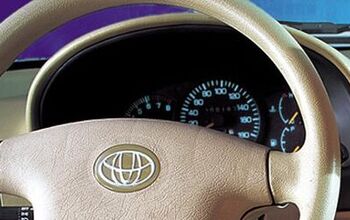
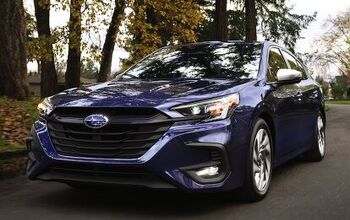
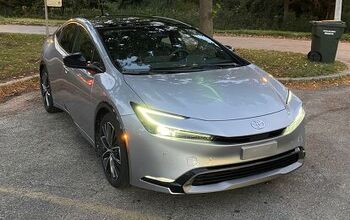
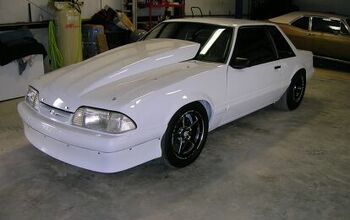

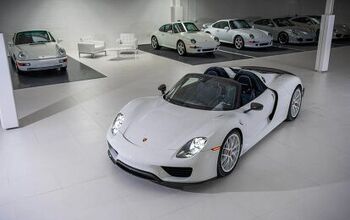



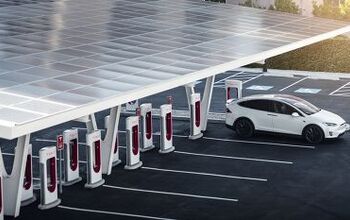
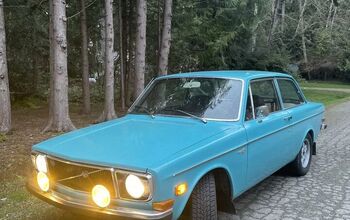
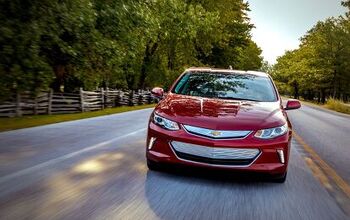

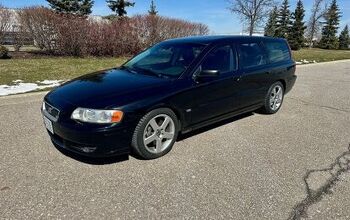
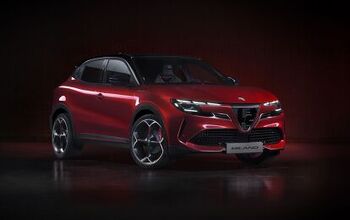
Comments
Join the conversation
CIA World Factbook says the following about China: labor force: 791 MM unemployment: 9% - 20% GDP per capita: $6,800 below poverty: over 150 MM PPP (kinda like per capita income): $5,600 So, to say "The Chinese automotive market has over a billion potential customers" is stretching it. Most people would be happy with some food... but most can't even afford that.
trentonl: But you don't need the full billion to be successful, right? GM sold about around 9.2 million cars worldwide last year. That's less than 1% of the Chinese population. Not to mention that the Chinese pupolation grows at more than 10M per year and GDP grows at 10% per year. And yeah, the early players (such as VW and Honda) are already at a huge profit, even if the Chinese government seize all their properties today.